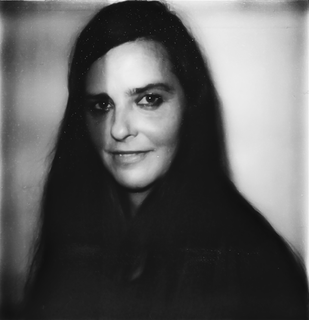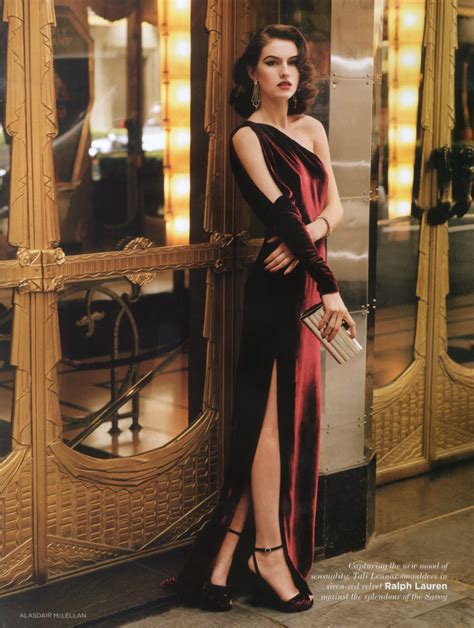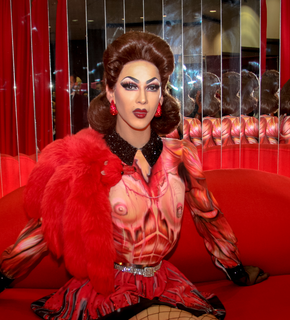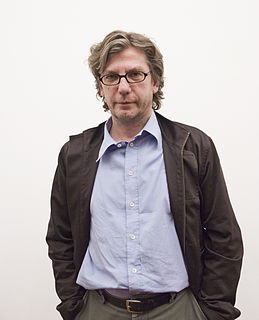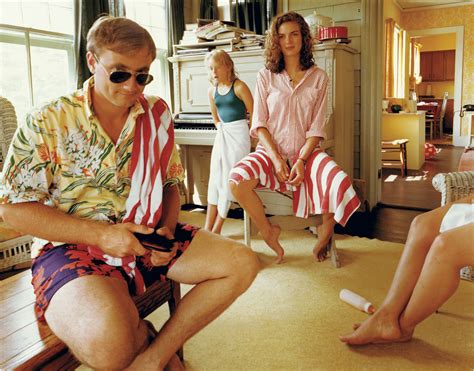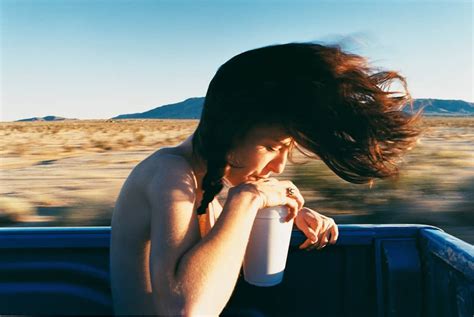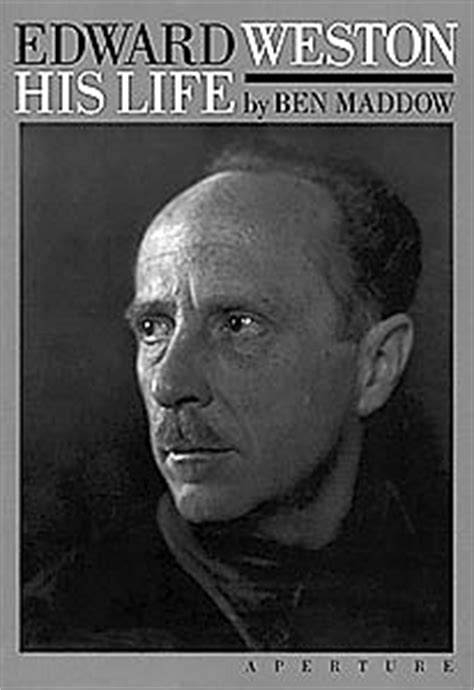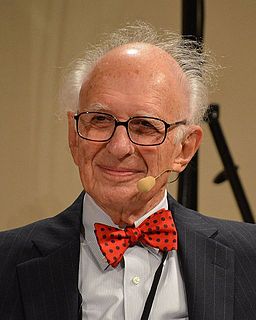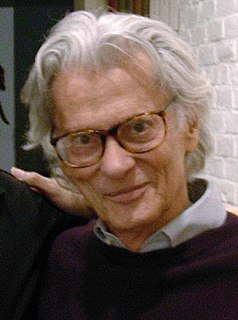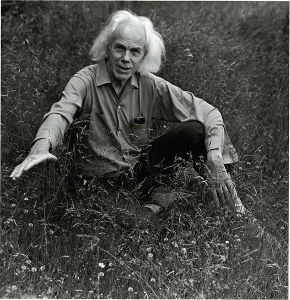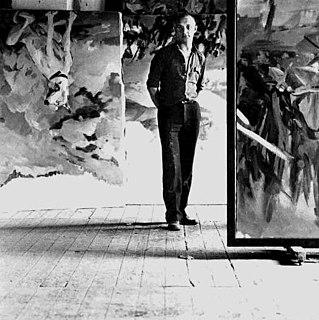A Quote by Rineke Dijkstra
I felt that the beach portraits were all self-portraits. That moment of unease, that attempt to find a pose, it was all about me.
Related Quotes
In college, all my friends were graffiti writers, but I never wrote graffiti. I wanted to participate and do something cool on the street, so I'd make these portraits of people. I'd isolate them on a white wall, make a silkscreen of it, and do these portraits in bathrooms and all around. That's how I started the Polaroids.
I feel certain that the largest part of all photographs ever taken or being taken or ever to be taken, is and will continue to be, portraits. This is not only true, it is also necessary. We are not solitary mammals, like the elephant, the whale and the ape. What is most profoundly felt between us, even if hidden, will reappear in our portraits of one another.
There are ways of angling the camera. I don't just use a tripod. The only time I did that was in '88 when I first came out of detox, I spent every day doing self-portraits to fit back into my own skin. I didn't know what the world looked like - what I looked like - so in order to fit back into myself, I took self-portraits everyday to give myself courage and to fit the pieces back together. I used a tripod then.
I thought, 'Well, I'll amuse people a little bit.' During lunch hour, while everyone was off to the faculty club and this and that, I set up a bunch of bases down the hallway of the school and I put all of the portraits I had completed... and I waited for the reaction.... that's how I got started again, doing portraits of people around me.
